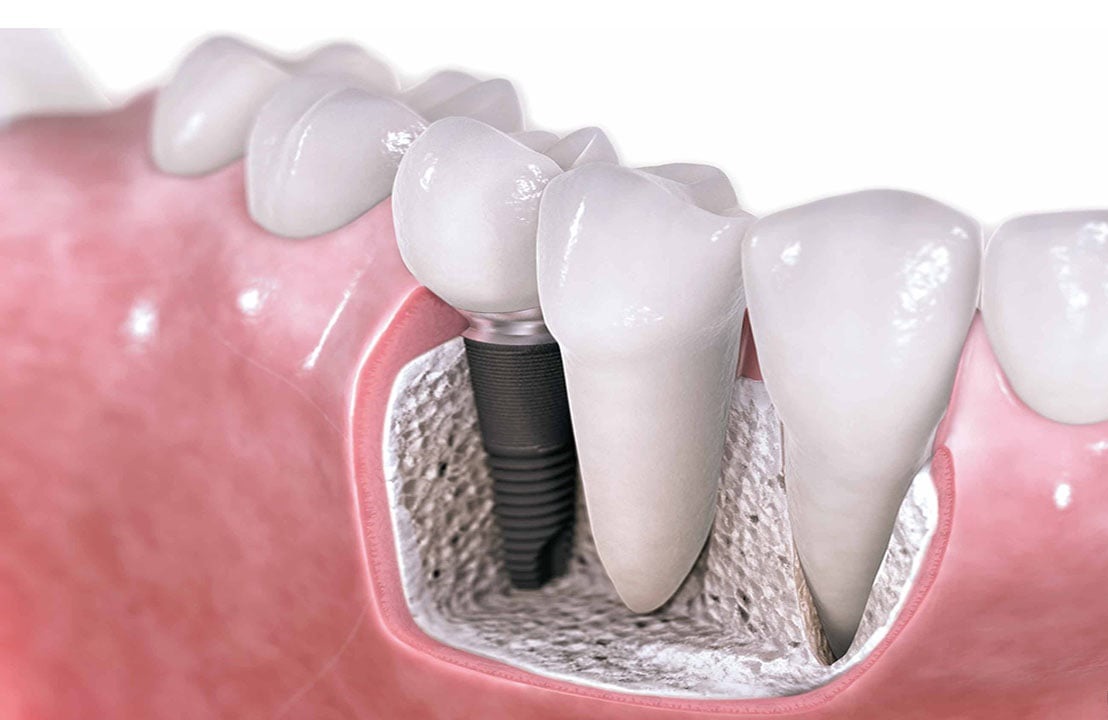Feet are the base of your body, and as such, they take a lot of wear and tear. Being stuck inside of shoes all day can be hard on them as well, especially if you are not wearing the proper type of shoes. From fungi to growths to injuries, there are all kinds of things that can go wrong with your feet. Luckily, there are ways to prevent issues, and some fairly simple treatment options for most of the conditions that may arise.
Corns and calluses
Your feet have to endure friction inside your shoes. Generally, the better your shoes fit, the less friction you will experience, and there are special pads that can help keep your feet from getting rubbed the wrong way. A visit to the doctor may be needed if you have corns and calluses, as over-the-counter medicated treatments often destroy healthy tissue, without getting rid of the actual problem. In patients with diabetes or poor circulation, self-treatment can be particularly harmful. In extreme cases, removal surgery may be necessary.
Bunions
When the joints in the big toe swell and become tender, and no longer fit together as they naturally would, then you have a bunion. If it is not too advanced, changing footwear to something that is wider in the instep and toe areas can help. There are also pads that can help cushion and relieve pain around the bunion. Physical therapy and shoe inserts may be needed in worse cases, and for some bunions, you may need anti-inflammatory medications, cortisone injections and even surgery to restore the joint to its proper position.
Ingrown toenails
When a part of your nail breaks through the skin, you have an ingrown toenail. They can be caused by not cutting your toenail properly, and tight shoes can also be a contributor. Ingrown toenails are most common on the big toe. Cutting the nail straight across and level with the top of your toe will help avoid ingrown toenails. If your ingrown toenail is bad enough, you may need to visit a doctor to have part of the nail removed.
Fungal and bacterial infections
Athlete’s foot is the most common foot fungus, but there are others that can occur. The feet are often in dark, humid, warm shoes, which is the perfect breeding ground for such things. Signs and symptoms include red and dry skin, blisters, peeling, itching and even pain. They should be treated right away, before the condition has time to worsen. Keep your feet clean and dry, change socks frequently and use foot powder. If your issues do not subside within a couple of weeks, consult a physician.
Warts
If you have unsightly or possibly painful skin growths on your feet, they may be warts. They can spread if you do not treat them right away, and over-the-counter medications will typically not get rid of the issue. Sometimes they will help temporarily, but the only way to ensure that the wart is gone for good is to have it treated by a physician. Doctors can freeze or surgically remove a wart, to ensure they get the whole thing, down to the roots.
Hammertoes
When you wear improperly fitting shoes, it can result in enlargement of the toe knuckle. This will cause the toe to draw back and the tendons that control the toe to shorten. Hammertoe can be painful, and it can affect your balance. Try wearing shoes with plenty of toe room, but if the condition worsens or stays the same, you may need surgery.
Spurs
Calcium deposits can form on the foot bones, resulting in spurs. Muscle strain from standing for long periods, wearing ill-fitting shoes and/or being overweight can all contribute to this problem. They may be painless or extremely painful. Wearing arch supports, foot pads and other orthotics may help, but sometimes, surgical removal is necessary.











